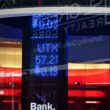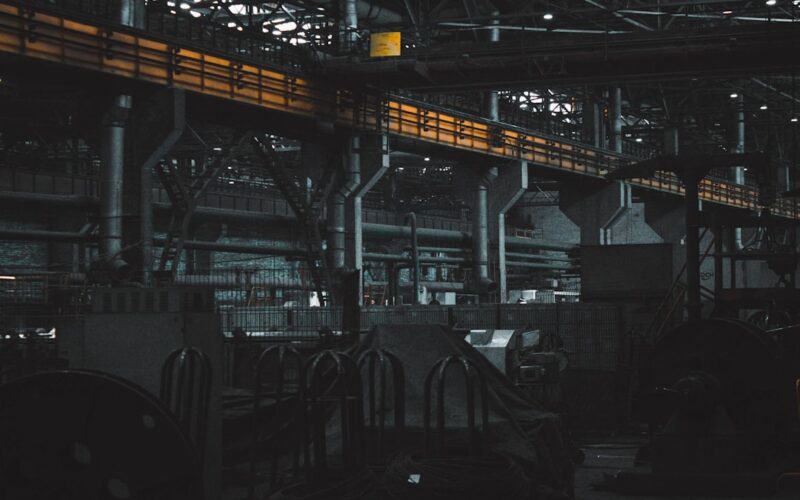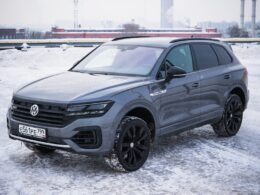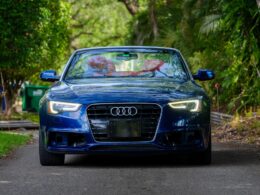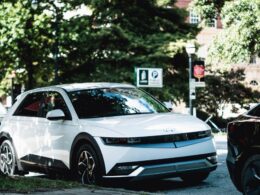Tesla has embarked on a sweeping overhaul of its US supply chain, now mandating that all suppliers eliminate China-made components from vehicles intended for American customers. This dramatic move, confirmed by Tesla sources and a recent Wall Street Journal report, follows another round of steep tariffs on Chinese imports imposed earlier this year by President Trump. The company and its suppliers have already started replacing some Chinese components and are targeting a full switch to non-China sources within the next one to two years.
Tesla’s “Decoupling” Accelerates
The escalation comes after years of pandemic-era disruptions and months of mounting geopolitical tension. “We’re seeking additional suppliers outside China—but it will take time,” Tesla Chief Financial Officer Vaibhav Taneja acknowledged back in April. The major sticking point continues to be batteries—especially lithium-iron phosphate (LFP) cells. Tesla stopped using Chinese-made LFP batteries in US-bound cars once those batteries became ineligible for federal tax credits due to new sourcing rules. Instead, the automaker is investing heavily in its own LFP cell manufacturing facility in Nevada, which is expected to come online in the first quarter of 2026.
Industry Follows Tesla’s Lead
Tesla isn’t alone: General Motors also recently told thousands of suppliers to scrub their chains clean of China-made components. The broader industry move comes as on-again, off-again tariffs and fears over rare-earth bottlenecks and chip shortages spark “panic,” as some executives described it, across the auto sector.
Tesla insiders say the company’s pricing strategy has been whiplashed by unpredictable shifts in US-China trade rules. A dispute between China and the Netherlands, which restricted chip exports, only ratcheted up the urgency to diversify. For now, the company is focusing on ramping up North American sourcing for US production, but Tesla’s leadership admits a full transition is a logistical marathon.
If all goes to plan, every Tesla rolling off a US assembly line by late 2026 could be free of Chinese content. It’s a bold bet that’s likely to ripple down the supply chain, upending established trade routes—not to mention offering a clearer, if more complex, path for US EV buyers chasing tax credits.
